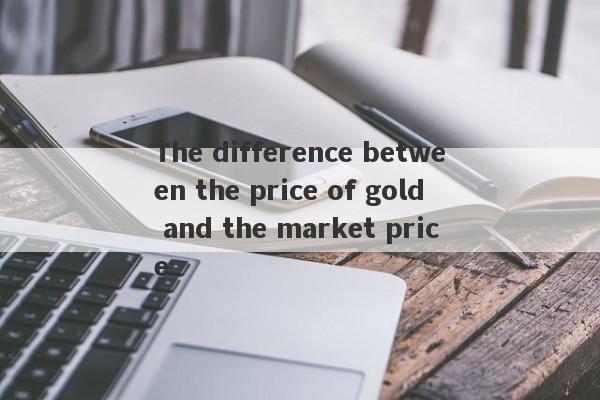The difference between the price of gold and the market price
As an important precious metal, gold has always attracted attention from investors.Its price fluctuations are not only affected by factors such as market supply and demand and economic situation, but also different from the actual market price.This article will discuss the differences between the prices and market prices from different angles.
How is the price of gold formed?
Gold trend price refers to the real -time offer displayed on the gold exchange or other platforms within a certain period of time.These quotations are formed by comprehensive influence of multi -party factors, including global economic conditions, geopolitical risks, and inflation expectations.Investors can understand the current market's views on the current market and make corresponding decisions.
Gold transaction in the actual market
In real life, in addition to the offer on the exchange, there are also various non -official channel trading activities.For example, you can also buy gold products in some stall markets or private jewelry stores.These unofficial channels often do not have uniform standards and supervision of regulatory agencies, causing them to involve various uncertain factors.
What are the differences between the two?
First, there are differences in information transparency.The quotes announced on the regular exchange are usually more transparent and reliable, rather than the official channels that may have information asymmetry; secondly, there are also differences in liquidity and security.The regular exchange has better and more stable liquidity and security mechanism; in the end, it will also be different in terms of cost.There may be additional costs or low sales of unofficial channels.
in conclusion
In general, although there is a certain degree of difference between the price of gold trend and the actual market price, investors should choose good reputation, legal and compliance, and have a regulatory guarantee mechanism to complete the operation to avoid risks.




